PPT-Why do we teach?
Author : stefany-barnette | Published Date : 2017-05-05
Ive taught Snoopy to whistle I cant hear him whistle I said that Id taught him not that hed learned What is teaching activities of educating or instructing activities
Presentation Embed Code
Download Presentation
Download Presentation The PPT/PDF document "Why do we teach?" is the property of its rightful owner. Permission is granted to download and print the materials on this website for personal, non-commercial use only, and to display it on your personal computer provided you do not modify the materials and that you retain all copyright notices contained in the materials. By downloading content from our website, you accept the terms of this agreement.
Why do we teach?: Transcript
Download Rules Of Document
"Why do we teach?"The content belongs to its owner. You may download and print it for personal use, without modification, and keep all copyright notices. By downloading, you agree to these terms.
Related Documents

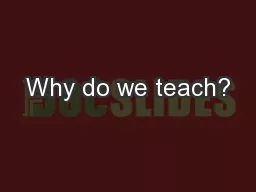
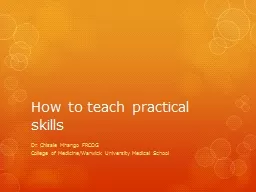
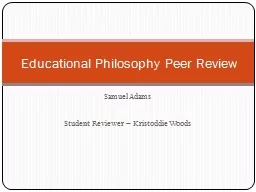
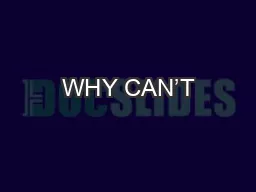
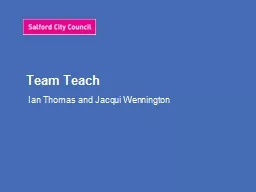
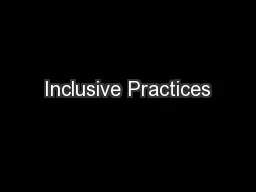

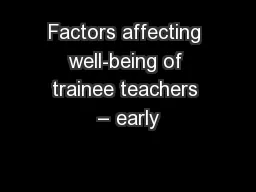
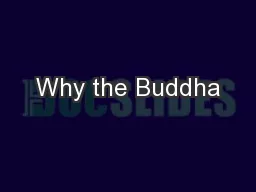
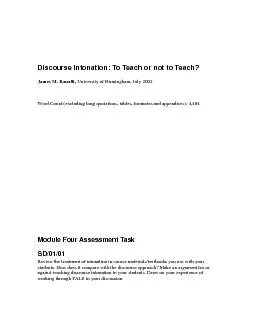


![[BOOK]-Status: Why Is It Everywhere? Why Does It Matter?: Why Is It Everywhere? Why Does](https://thumbs.docslides.com/956296/book-status-why-is-it-everywhere-why-does-it-matter-why-is-it-everywhere-why-does-it-matter.jpg)
